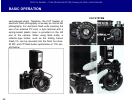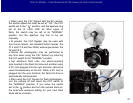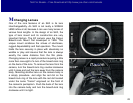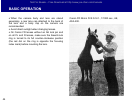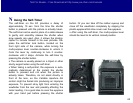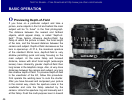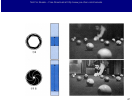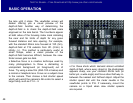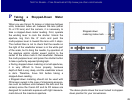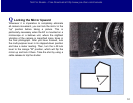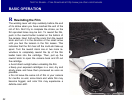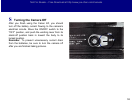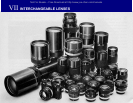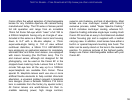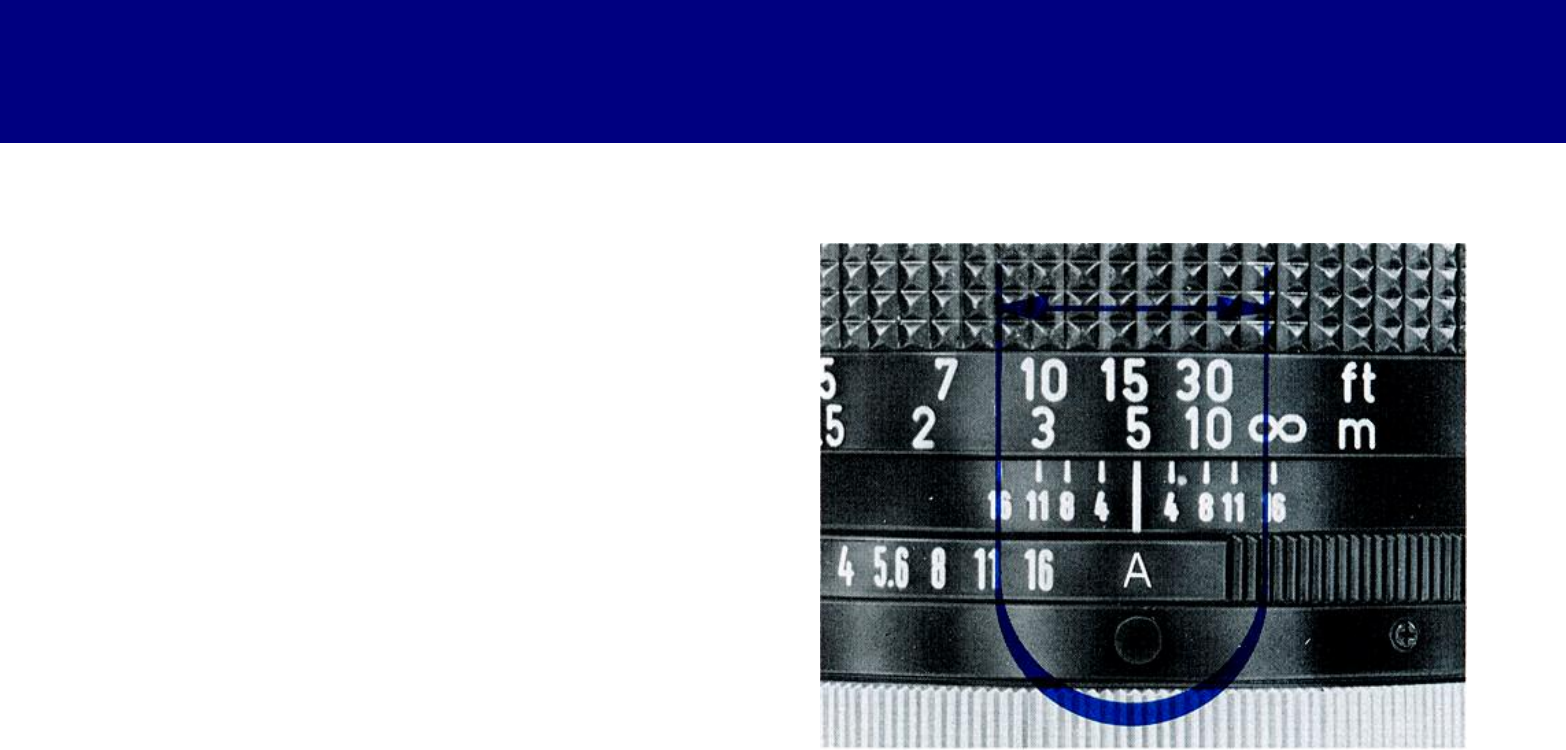
48
the lens until it stops. The viewfinder screen will
darken offering you a visual preview of the
depth-of-field. Another way of determining the
depth-of-field is to check the depth-of-field scale
engraved on the lens barrel. The f-numbers appear
at both sides of the focusing index mark indicating
the near and far limits of depth for any given
focused distance and lens opening. For example,
with the standard 50mm lens focused at 15ft. (5m),
depth-of-field at f/16 extends from 8ft. (2.5m) to
infinity (V). This method is particularly useful at
small f/stops, when a visual preview of the
depth-of-field becomes difficult, because the view-
finder screen gets too dark.
• Selective focus is a creative technique used by
many photographers to throw a distracting or
unimportant background (or foreground) out of
focus. Try using a slow film (ASA 100 or below) and
a normal or telephoto lens. Focus on a subject close
to the camera. Then choose a fast shutter speed
which will permit the camera's AE control to select a
large f/stop, such as f/1.4 – 4.
• For those shots which demand almost unlimited
depth-of-field, where every object in the photograph
appears sharp, use your standard 50mm lens (or
better yet, a wide-angle) and focus about half-way in-
between the nearest and farthest object. Adjust the
shutter speed dial until the meter needle in the
viewfinder points to f/16. If necessary, mount the
camera on a tripod when slow shutter speeds
are required.
Not For Resale – Free Download at http://www.joe-chan.com/manuals
BASIC OPERATION



